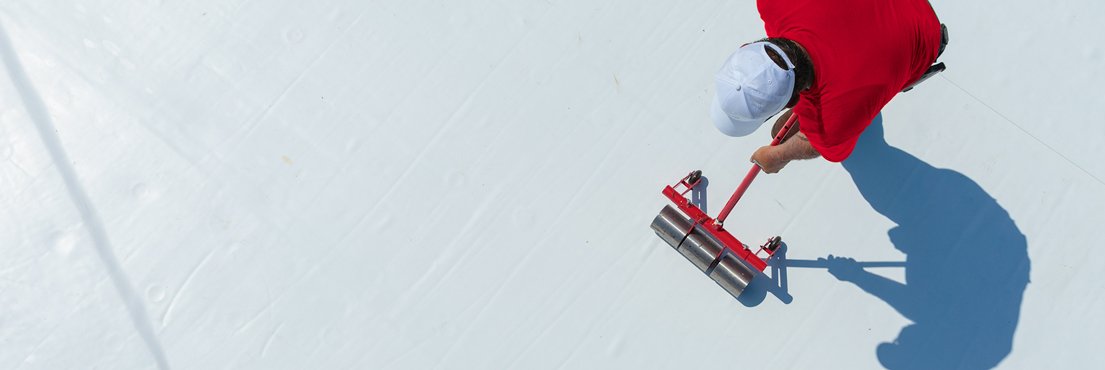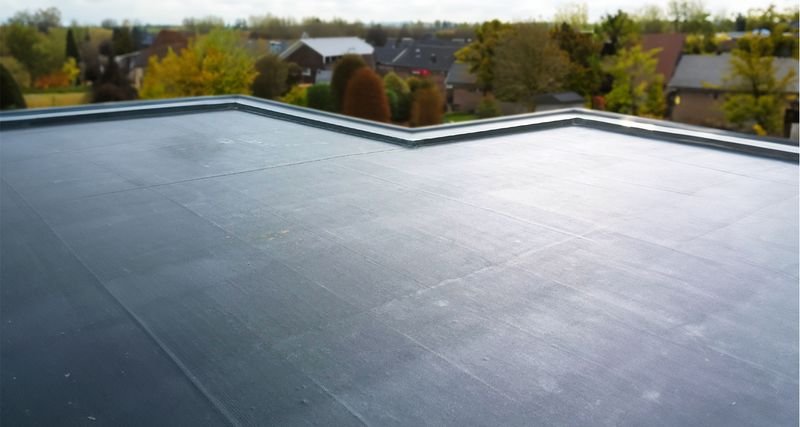
EPDM vs TPO Roofing
What Is TPO Roofing?
TPO Roof Systems for Commercial Buildings
TPO (thermoplastic polyolefin) is a single-ply white membrane used in both commercial and residential roofing. Due to TPO being a white membrane, it reflects heat instead of absorbing it. Thermoplastic Polyolefin (TPO) roofing is a top choice in America because it’s budget-friendly and great for saving on energy bills. Its reflective surface helps keep buildings cooler by bouncing off UV rays and cutting down on heat absorption. Plus, TPO is tough and stands up well to punctures, tears, and chemicals, which means its built to last. But why does nearly every commercial property in America opt to use it? Let’s delve into the features and benefits of this roofing solution.
TPO Roofing Installation & Repair
Lightweight and resistant to heat transfer, TPO roofing has grown in popularity over the last several years. This recycled rubber roofing membrane comes in large rolls that overlap and are sealed by heat and adhesive. With proper installation and maintenance, a TPO roof can last up to 20 years, making it a long-term investment. For commercial properties with flat roofs, TPO not only boosts energy efficiency but also requires minimal upkeep, offering both durability and cost savings.
What is Single-Ply Roofing?
Single-ply roofing refers to a type of roofing system made from a single layer of synthetic material, designed to be both durable and flexible. Here at Keenridge, we personally install both TPO Roofing and EPDM roofing, as they hold up best on low-slope commercial properties.
What Is EPDM Roofing?
EPDM (ethylene propylene diene terpolymer) is a synthetic rubber black membrane commonly used in commercial roofing. Widely used in America, just like TPO, this type of low-slope roofing is known for extreme durability and cost-effectiveness. Also known as a “rubber roof”, EPDM roofs are known for their durability and ability to perform in various climates.
If They Are Both Single-Ply, Then What’s The Difference Between EPDM and TPO roofing?
The true main difference is in the color. EPDM is often sold in black, whereas TPO roofing is white. However, you can find different colors for the membranes depending on your roofing contractor and their supplier. If properly installed, both systems will last their max lifespan. TPO has a max lifespan of around 25 years, where as EPDM is around 25-30 years.
Is TPO Roofing More Expensive Than EPDM Roofing?
TPO is often slightly cheaper per sq. ft. than EPDM, as TPO is often between $4-$10 per sq. ft. installed and EPDM is around $3-$12 per sq. ft. installed. However, this can vary based on a number of factors. The location, contractor, and size of the building all play important factors in deciding the price.
Is TPO roofing or EPDM roofing better?
There are a number of factors that play into this decision, so it’s not for me to say. If you’re going to put it on your home, I personally would use EPDM for a cleaner look. However, for all commercial properties we highly recommend and often install TPO due to reflectivity and that it’s environmentally conscious. But yet again, this is all highly dependent on the building and the property owner’s goals.
How Can I Find The Best Roofing Contractor For My Flat Roof Needs?
Reviews & testimonials are great, as well checking the companies gallery. There, you see first hand some of the work performed. If you’re a Long Island local looking for a commercial or flat roof replacement, than Keenridge Construction is here. Contact us today and let us answer any questions you may have about your commercial roofing needs.





